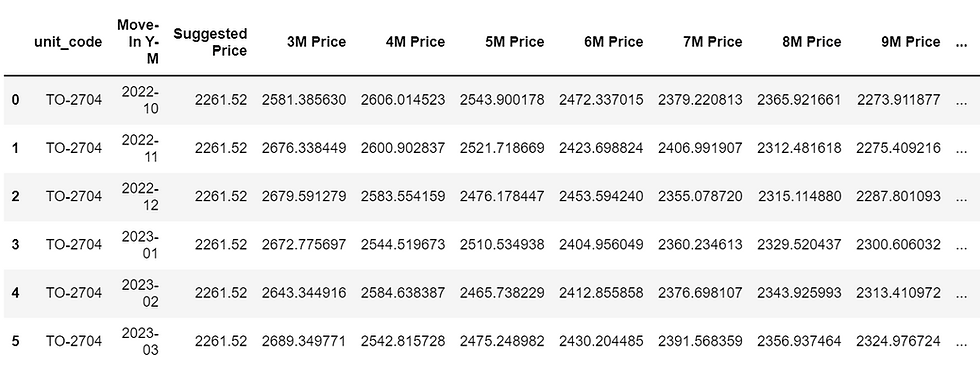Customer Segmentation for Wholesalers
- christianpetrozza
- May 14, 2021
- 3 min read
Updated: Jun 1, 2021
Customer segmentation is the process of grouping customers based on shared characteristics in order to effectively target and service specific needs. In the wholesale industry, where a wholesaler is not grouping the end users but businesses (B2B), these characteristics can include a wide range of factors such as: industry, number of employees, previous purchases, location, etc. This varies from a business-to-consumer (B2C) strategy where customers are grouped on characteristics such as age, marital status, family size, location, gender, life stage, and other various socioeconomic factors.
https://behaviouralresponse.com/the-difference-between-b2b-and-b2c-marketing-automation/Regardless of the end customer (either another business or a consumer), effectively segmenting customers has become almost necessary to generate an effective marketing strategy and to understand market share standings.
Customer segmentation enables a wide range of benefits in the wholesaler space such as:
ability to generate a focused marketing strategy to engage possible clients most likely to buy your products
identify areas of strong performance vs weak performance
increase relationship standings with current customers by servicing them based on their needs (pricing, loyalty, quality, service, etc.)
improving customer service
better allocate resources
reduce outreach failure
These are only a few of the many benefits incorporating customer segmentation into a wholesaling operation can have. We've already mentioned that there are some differences in segmenting B2B customers vs B2C customers; now we will see how to go about creating these segments and using them for an improvement in B2B operations.
Segmenting Wholesaler Customers
Segmentation within the B2B division is often much more complex. It involves multiple supply chain entities, and typically customers are purchasing your product for a need instead of a desire. This position of need of the customer enables relatively simple identifiers such as company size, volumes purchased, or industry to accurately represent segments. However, these simplistic segmentation classifiers do not offer a sustainable competitive advantage. This is where the incorporation of behaviour and needs based segmentation is essential to differentiate your company. Some customers may be more interested in your product for the price while others in the service. If both experience the same treatment, they will both feel half-serviced and be vulnerable to incitement from competition.
Need-based customer segments of interest for wholesalers:
Price Focused - looking for best deal of product and don’t desire extras
Quality/Brand Focused - Desire quality or brand of produce
Serviced Focused - Time heavy industries relying heavy on punctuality
Partnership Focused - Regard product or service as strategically important
https://www.b2binternational.com/publications/b2b-segmentation-research/How would a wholesaler begin to differentiate their segmentation strategy from competitors? - Clean Data.
The first step is to have a functioning, organized, and up to date database containing purchase history, order quantity, delivery, contact information, names, phone numbers, positions, etc. Next, a mechanism or technique must be used to determine the needs of every customer in your database. Grouping and understanding customers on similarities in their needs.
Data is the foundation of segmentation! - By using both the up to date information on customer business structures as well as information easily obtainable from outreach initiatives, a strong statistical classification can be generated. From this, various easily implementable but effective techniques such as factor analysis and cluster analysis can group customers based on similarities in their needs.
Using Customer Segments
Now that you have a clean and usable database and used varying statistical methods to create customer segments, how do we use this?
There are a variety of uses after understanding customer segments. Firstly, the common characteristics that are present within each customer segment provide valuable information for how a wholesaler. This allows for a proper needs based product/service that will increase the retention probability of customers. It also allows for a tailored marketing outreach procedure that will create the most effective and enticing offers for potential customers based on what they are looking for. Lastly, grouping helps for a better understanding of your companies competitive advantage within each segment. This can reveal areas of strength/weakness in your businesses operations.
Conclusion
Customer segmentation in wholesale may not be as easily implemented as with traditional B2C operations, but the need and value you can get out of doing it is very high. It begins with the organization and analysis of data and ends with the power to make informed and influential decisions. Ultimately, improving a companies relationship management, marketing outreach, and resource allocation decisions.






Comments